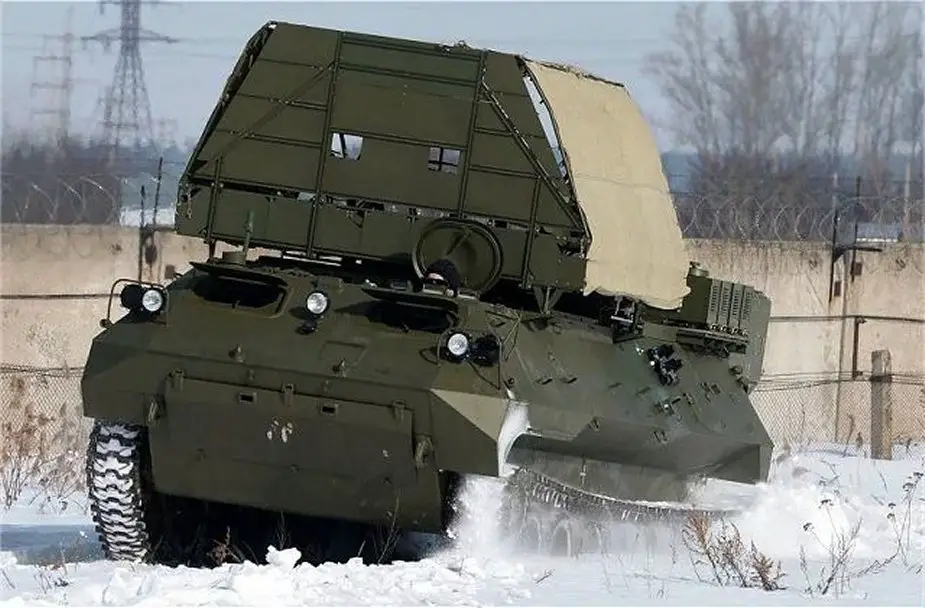Russia: modern electronic warfare to comprise 70 percent in 2021
Electronic warfare (EW) is an armed struggle which affects controls, communications, and reconnaissance of the adversary with radio emissions and protects friendly systems from jamming. In peacetime, EW is used to protect important facilities from potential attacks. Today EW weapons can be carried by various vehicles, Rostec Corporation said.

Rtut-BM 1L262E (Picture source: Russian MoD)
Rtut-BM electronic reconnaissance and defense station was designed by Radio-Electronic Technologies (KRET) Concern of Rostec. It also supplies Moskva-1 electronic reconnaissance stations, Rychag-AV helicopter-based reconnaissance and jamming stations, Vitebsk EW complexes for airlifters, Krasukha electronic reconnaissance stations. Sozvezdie Concern of Roselectronika is also engaged in EW competences within Rostec. Thus, the corporation produces EW solutions for any medium and all carriers.
Enterprises of the corporation supply specialized helicopters to the army. They are Mi-8MTPR-1 jammers with Rychag-AV capable of blinding the adversary in a radius of several hundred kilometers. Vitebsk is another modern defense set. It is carried by Su-25SM jets and some of its components are installed on Ka-52 and Mi-28N helicopter gunships.
Moskva-1 is a ground EW center. It can engage in airspace reconnaissance at a distance of 400 km. Moskva-1 operates in a passive regime which hides it from adversary detection means. Moskva-1 can simultaneously operate seven EW complexes.
It can control mobile Krasukha which detect and jam aircraft radars at a distance of 300 km. Krasukha jams all radars carried by manned or unmanned aerial vehicles, cruise missiles and reconnaissance aircraft.
Infauna is another EW device. It comprises traditional electronic jamming means, as well as optical electronic reconnaissance and jamming devices. Infauna detects and jams remotely controlled mines and explosives and protects personnel and hardware. It is equipped with aerosol counteraction to decrease the effectiveness of adversary precision weapons with video and laser homing warheads.
The Defense Ministry said Russian troops received over 600 new-generation EW means in the past five years. As a result, the share of modern hardware reached 67 percent. The range of vulnerable electronic weapons of the potential adversary has been considerably increased. The range of jamming upped three and a half times. The share of modern EW means is likely to reach 70 percent by 2021, Rostec said.
© Copyright 2019 TASS / Army Recognition Group SPRL. All rights reserved. This material may not be published, broadcast, rewritten or redistributed.


























